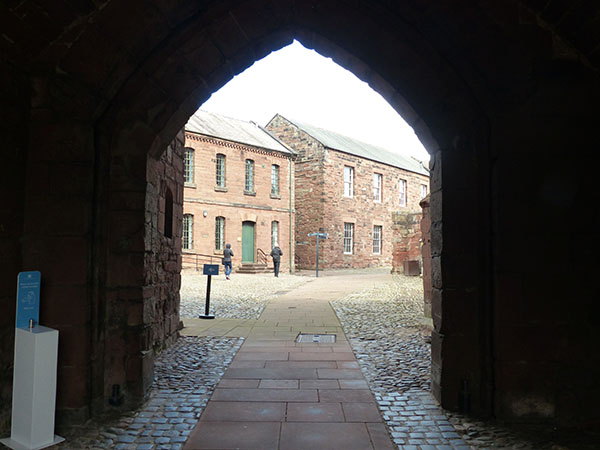Wallington has been managed by he National Trust since the 1940s and has a diverse history starting with the Fenwick family who owned the estate in the late-1400s until they had to part with it due to financial problems. The Blackett family then owned it and rebuilt the hall in the late 1600s, and it was passed to the Trevelyan family in the late 1700s. So, the property changed hands many times. The Trevelyan family hosted literary and science figures in the property from the 1920s. The property contains 100 acres of woodland, a walled garden, and ornamental lakes in addition to the hall.

The property was gifted by Charles Philips Trevelyan, who was a Socialist MP, in the 1940s. The hall is Grade I listed, and it was closed during my visit because of coronavirus. The walled garden is probably the best attraction at the site (subject to not having visited to hall), and it is a 10-minute walk through the woods to access it. The flowers were all in bloom, and the walled garden is quite large.

The shortest route to the walled gardens walks past one of the ornamental ponds, called the "garden pond" as it has plants growing along the banks. There were a few birds on the lake and ducks came to greet us, crying out for food.

The feature of the walled garden is the little pond and seating area with the steps.


A conservatory exists in the walled garden, and the flowers were beautiful here, each in full bloom. I snapped so many photographs of this part of the walled gardens. I am sure the greenhouse was amazing inside too.










A little doorway with hostas growing on the right led down into the lower part of the walled garden, or there was a doorway outside of the walled garden so visitors can explore the woodland beyond.

Honeysuckle is one of my favourite summer flowers because of the perfume it gives off. A lot of places seem to allow this to crawl across archways.


At the far end of the gardens is a small pond.

The other side of the wall garden had more beautiful flower beds. Due to coronavirus, the system was a one-way one because the gardens are impossible to navigate without a one way system to keep a safe distance from other visitors.










And, this completed the walled garden, back to the feature point at the top.





On the way back, I took the longer way, which led around the "Chinese pond", and there is a boathouse on this pond. It was not as interesting as the other pond.

After visiting the gardens, I walked around the front and back of the house. I would like to visit it in the future.


The shop is currently closed, sadly. I need to return to get my passport stamp.

I asked where I could find the dragons that I saw on the map, and I was pointed to the other side of the gardens, so I took an obligatory photograph of the dragon heads.

This concludes my visit to National Trust's Wallington walled gardens and parkland, located in Northumberland. I do wish to return to tour the hall once it is safe to do so.




































































































































































































































Recent Comments